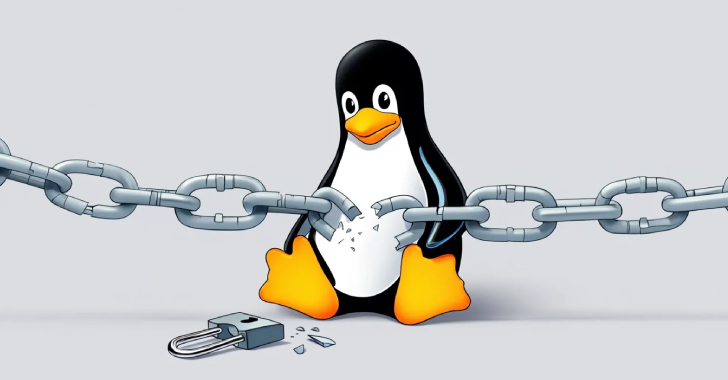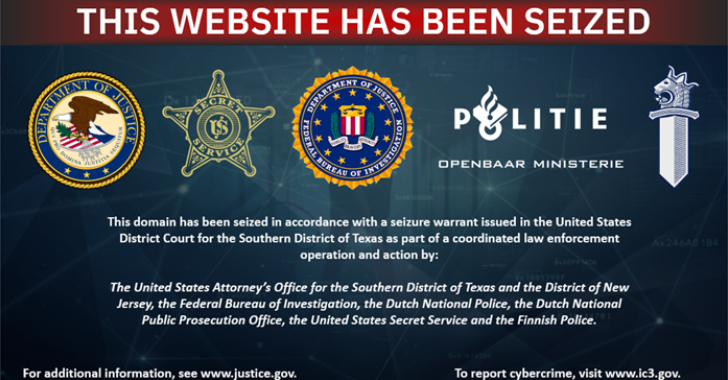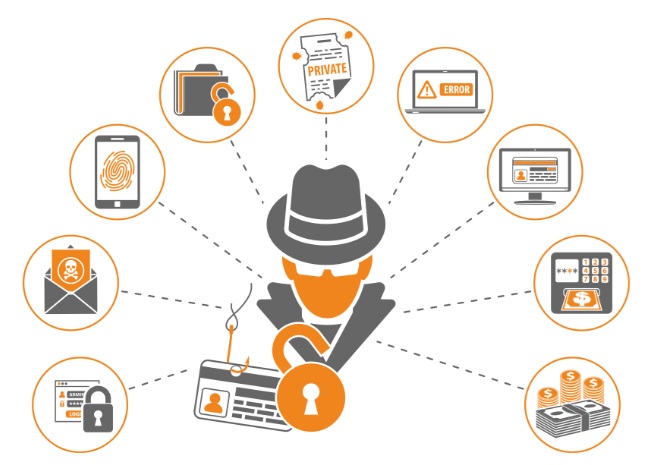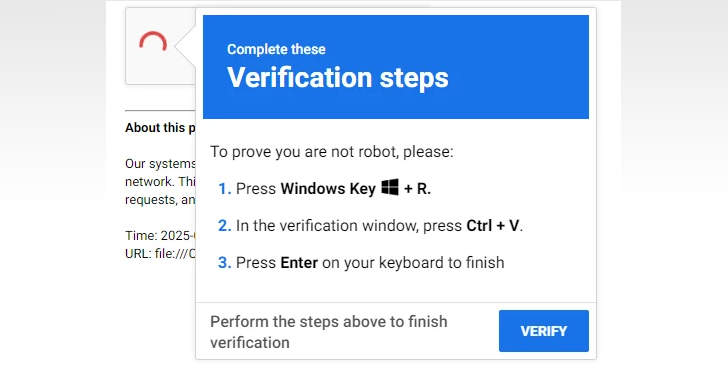
Charting the Course:
Do’s and Don'ts of CMMC Ongoing Compliance
Introduction: In the rapidly evolving cybersecurity landscape, the Defense Industrial Base (DIB) faces a formidable challenge: ensuring the protection of sensitive data critical to national security. At the heart of this challenge is the Cybersecurity Maturity Model Certification (CMMC), a comprehensive framework established by the Department of Defense (DoD) to standardize cybersecurity practices among its contractors. While achieving initial CMMC certification is a significant milestone, the real test lies in maintaining ongoing compliance—a continuous endeavor to adapt and evolve cybersecurity measures in response to new threats and updated regulations. This article outlines essential dos and don’ts for organizations navigating the complexities of CMMC ongoing compliance, providing a roadmap for sustained security and resilience.
The Dos of CMMC Ongoing Compliance
Do Stay Informed About Updates and Changes
Cybersecurity is a dynamic field, with threats and technologies constantly evolving. Similarly, the CMMC framework is subject to updates to address these changing landscapes. Staying informed about these changes is crucial for ongoing compliance. Regularly consult DoD announcements, participate in CMMC community forums, and engage with cybersecurity news platforms to stay ahead of the curve.
Do Conduct Regular Risk Assessments
Continuous risk assessments are the cornerstone of effective cybersecurity. These assessments help identify vulnerabilities, assess the impact of potential threats, and prioritize remediation efforts. For ongoing CMMC compliance, perform comprehensive risk assessments at regular intervals and whenever significant changes occur within your organization or technology environment.
Do Foster a Culture of Cybersecurity Awareness
Cybersecurity is not solely the responsibility of the IT department; it requires a concerted effort from every part of the organization. Foster a culture of cybersecurity awareness through regular training programs, updates on the latest cyber threats, and clear communication about everyone’s role in maintaining security. This collective vigilance is a powerful defense against potential breaches.
Do Implement Continuous Monitoring and Improvement Processes
Ongoing compliance with CMMC requires a proactive approach to cybersecurity. Implement continuous monitoring tools to detect anomalies and potential threats in real-time. Additionally, establish processes for regular review and improvement of cybersecurity practices, ensuring they remain effective and aligned with current CMMC standards.
Do Maintain Detailed Documentation
Documentation is critical for demonstrating compliance during CMMC assessments. Maintain meticulous records of your cybersecurity policies, procedures, training programs, risk assessments, and remediation activities. This documentation not only supports compliance efforts but also serves as a valuable reference for internal review and improvement.
The Don’ts of CMMC Ongoing Compliance
Don’t Underestimate the Complexity of Compliance
Achieving and maintaining CMMC compliance is a complex process that requires careful planning and execution. Don’t underestimate the resources, time, and effort needed. Allocate adequate resources and consider seeking assistance from CMMC-accredited consultants or Registered Provider Organizations (RPOs) to navigate the compliance journey successfully.
Don’t Neglect Supplier and Third-Party Vendor Compliance
Your organization’s cybersecurity is only as strong as its weakest link, which often lies within the supply chain. Ensure that your suppliers and third-party vendors comply with CMMC requirements relevant to the information they handle or the services they provide. Conduct regular audits of their compliance status to mitigate risks associated with third-party engagements.
Don’t Overlook the Importance of Incident Response Planning
Despite the best preventive measures, cybersecurity incidents can still occur. Don’t overlook the importance of having a robust incident response plan in place. This plan should outline clear procedures for responding to and recovering from security incidents, minimizing their impact and ensuring a swift return to normal operations.
Don’t Ignore Emerging Technologies and Threats
The cybersecurity field is continually advancing, with new technologies and threats emerging regularly. Don’t ignore these developments. Stay abreast of the latest cybersecurity trends and assess how they might impact your compliance efforts. Embrace innovative solutions that enhance your security posture and compliance with CMMC.
Don’t Become Complacent
Finally, the most critical don’t: Don’t become complacent. Ongoing CMMC compliance is a continuous process that demands constant attention and adaptation. Regularly review your cybersecurity practices, stay informed about the latest threats and CMMC updates, and always look for ways to strengthen your defenses.
Conclusion: Navigating the path of CMMC ongoing compliance is a demanding yet essential endeavor for organizations within the DIB, crucial for protecting national security interests. By adhering to these dos and don’ts, organizations can chart a course toward sustained compliance, ensuring they not only meet DoD requirements but also fortify their cybersecurity posture against evolving threats. Remember, in the realm of cybersecurity, the journey is never complete; it is a perpetual process of adaptation and improvement, with ongoing CMMC compliance at its core.
Contact Cyber Defense Advisors to learn more about our CMMC solutions.





